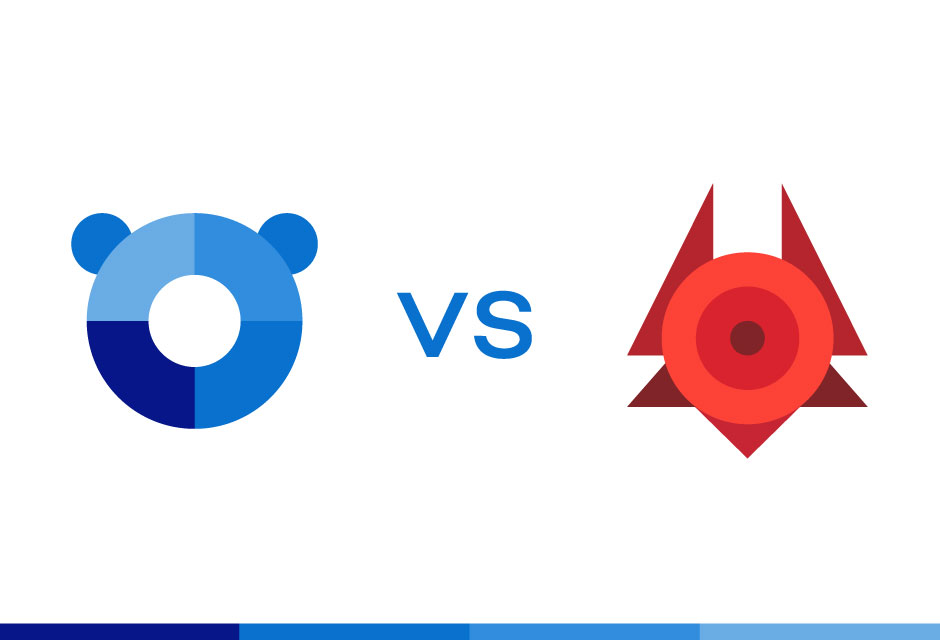Many organizations have been forced to rethink how they are going to continue to be productive since they were forced by the current COVID-19 pandemic to implement remote work. In light of this situation, it seems very likely that many companies will continue to work remotely even when the pandemic is over, given the advantages it can offer both employees and the company itself.
However, in order for remote work to be an effective and efficient measure, it needs to be implemented in a controlled way, ensuring the appropriate security policies are applied. Cybersecurity is more important than ever; cyberattacks have increased significantly over the last few weeks, and many of these attacks leverage the coronavirus crisis to try to get more victims.
Greater dependence on digital tools, greater attack surface…
Now that a large proportion of the world’s population is working exclusively from home, there is much greater dependence on digital tools for working, speaking to workmates, sharing files, and holding meetings. This also means that cybercriminals have far more opportunities to carry out cyberattacks, as well as more motivation to do so.
Among the different techniques for intruding on business systems are: searching for vulnerable VPNs to launch attacks against remote workers; sending emails or SMS supposedly containing medical advice or information; attacks against RDP connections, and so on. Any one of these actions could have serious consequences for a company, from a ransomware attack to a security breach.
Security errors when implementing remote work
Since many companies did not have remote work policies before the current situation, many of them have had to improvise when implementing remote work. This improvisation and lack of experience could mean a series of risks for the company’s system. These include:
- Weak firewall settings, which could expose the user to all sorts of cyberthreats.
- Using unprotected computers and laptops. If an employee uses an unprotected computer for their work, they could be the perfect point of entry for a cybercriminal to make their way onto the organization’s system.
- Uncontrolled Internet connections. An insecure Internet connection, be it public Wi-Fi or a home network, can pose a great danger to the company.
- Accessing insecure websites which could contain malware or lead to the theft of personal and/or confidential data.
How can we protect ourselves?
To ensure that the organization is protected, it is essential to have an advanced security solution. Panda Fusion 360 provides advanced automated security, centralized management and remote support. Within Panda Fusion 360 are two solutions: Panda Systems Management and Panda Adaptive Defense 360.
On the one hand, Panda Systems Management helps simplify the management of all your computers and devices, both inside and outside the corporate network. It allows you to streamline remote management, support, and monitoring, so that your organization can operate normally.
On the other hand, Panda Adaptive Defense 360 Panda Fusion 360 with the following capabilities: it combines the widest set of endpoint protection technologies (EPP) with automated EDR capacities. All of this along with its two services managed by Panda Security experts, which are characteristic of the solution:
- Its 100% Classification service, which classifies all processes.
- Its Threat Hunting & Investigation Service.
All of this simplifies and minimizes security costs. It automates and reduces detection, response and investigation time.
Do you want to find out more about how Panda Fusion 360 works? Download our Whitepaper here:



